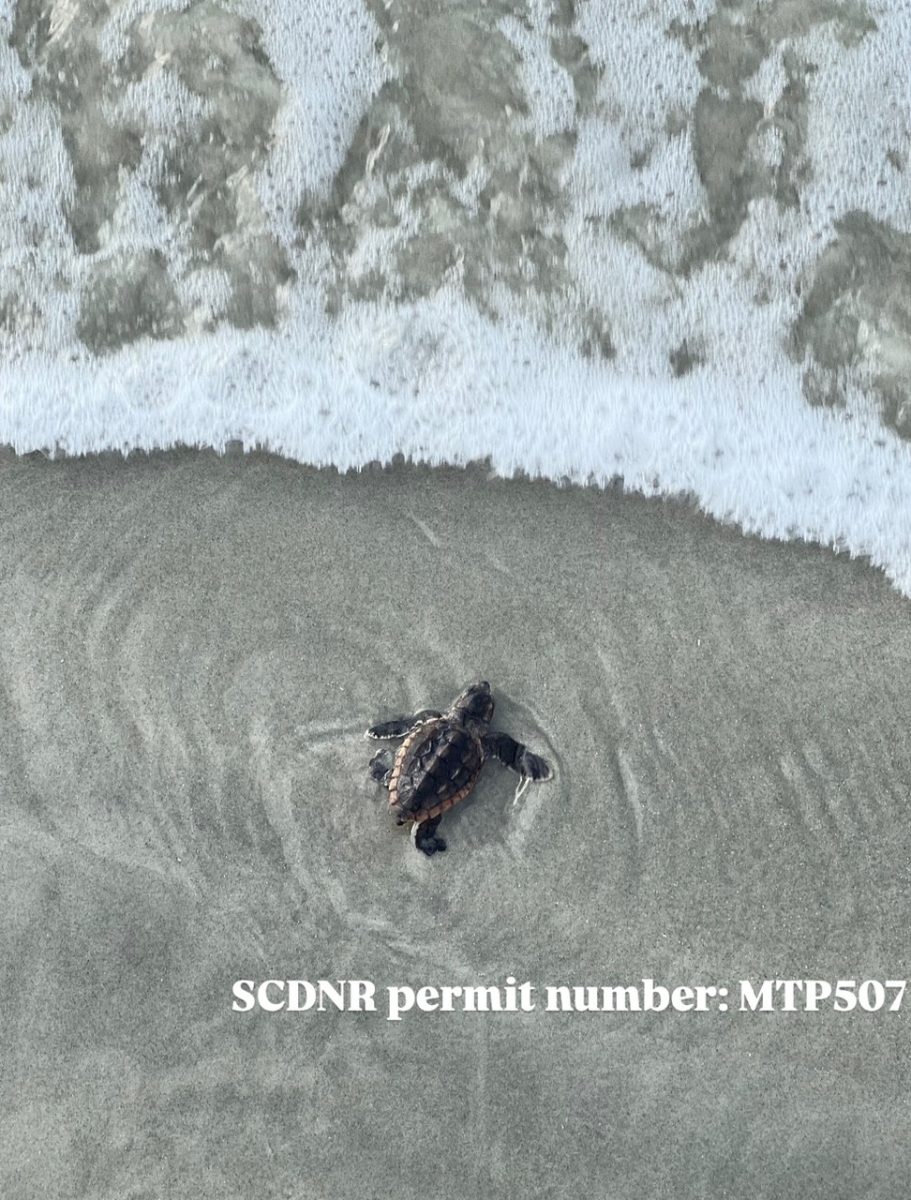Animals have been used in research to understand a wide range of conditions such as tuberculosis, diabetes, Parkinson’s disease, high blood pressure, and much more in order to establish safe treatment methods.
One of the significant benefits of animal research that you might not be aware of is how it has helped our own pets; we know about feline leukemia, heartworm, and intestinal parasites from animal research.

The ethical standards of animal research are federally mandated wherein researchers have to abide by the Animal Welfare Act and the Office of Laboratory Animal Welfare. Additionally, the Guide for the Care and Use of Laboratory Animals from the American Association for Accreditation of Laboratory Animal Care dictates every bit of ethics that must be followed in research. “If an individual doesn’t abide by those things…there are significant ramifications for their facility,” says associate professor of Psychology Dr. Abby Meyer.
Smaller research facilities like the one at UNG are expected to adhere to the same guidelines the larger or professional institutions also follow. The only main difference between professional labs and university labs like the University of North Georgia’s is that other labs have full-time caretakers while UNG has student undergraduate caretakers who work to ensure the care and wellbeing of the mice. This allows students who might need it to foster this kind of skillset who might need it for graduate school.
“I feel like [students] are, in a way, a lot more motivated to do a really good job and to make sure they adhere to integrity and the responsibilities of the job because there’s so much at stake in regard to their undergraduate career, what kind of letters of recommendation they may get and their ability to go to graduate school,” says Meyer.
The mice in the vivarium are checked on every day including weekends and holiday breaks. The bedding is changed on a weekly basis or sooner if needed. The facility is also consistently kept at a comfortable temperature between 68 and 75 degrees Fahrenheit.
The vivarium also has a very precise and predictable light schedule that gives the mice a sunrise and sunset. “You can’t just turn on the lights when you go in and turn them off when you leave and just leave them in the darkness all the time,” says Meyer.
“When you are doing this work, you have to put yourself in the mouse’s little tiny paws and see things from their perspective and understand what kinds of things might stress them out and do everything you can to minimize those stressors,” says Meyer.

https://www.understandinganimalresearch.org.uk/resources/image-library/
The mice at UNG are housed in a ventilated rack system. Each cage is attached to the system so fresh air is constantly circulating to keep the mice comfortable. The mice drink filtered water and are fed a high protein, low phytoestrogen diet that they have access to at all times. The bedding material used for the mice is made of aspen pine shavings that are good for burrowing, nesting, odor control, and is softer than other bedding options. They are also given a piece of unbleached paper towel for them to use when building their nests. An additional compact cotton square is provided for mother mice to help them build nests for their young.
The mice live a healthy and comfortable life in the facility, but this kind of life is a point that some do not agree with.
“When [people] take issue with this kind of thing, they often feel that it would be a much happier outcome if the mice could just be released into the wild and live their happy little mouse lives, and that is because they are seeing it through their own perspective and not putting themselves in that mouse’s situation. These mice are born and raised in a laboratory situation, and in the lab, they are incredibly safe. There are no predators nearby. They can just hang out and eat and sleep and play all day long, and they don’t have to worry about anything. They live a very good life in the lab, and they are adapted to that kind of life. So letting them out in the wild is not necessarily a good thing for them,” says Meyer.
Despite the realities surrounding this kind of research, many people harbor significant biases and negative feelings about this field. These feelings are often fueled by propaganda; certain organizations will also post reports of cruel animal treatment and “it simply wouldn’t happen from a research standpoint,” says Meyer.
“If your animals that you’re using are incredibly stressed out or sick or anxious or whatever, then you’re not going to get good data from them, and that data will not be publishable. And that’s the ultimate goal is to contribute to the body of literature, and so that we can make and draw big conclusions about important things and no researcher is going to invest time and money on an animal model that they’re going to mistreat and then get really crappy data from that isn’t publishable,” says Meyer. “I’ve been doing this kind of research for most of my life, and I’ve never seen a situation where there is blatant or outright cruelty.”
Meyer says, “As a researcher, I am heavily invested in making sure that I get good, reliable and valid data that I can use for publication, and I do so being fully cognizant of the sacrifice that these mice are making for our benefit. I personally get really attached to the mice, and I’ve never known another researcher that doesn’t get really attached to their animals.”
Feature Image Credits: “+ /db mouse” by Mycroyance is licensed under CC BY-NC 2.0
































